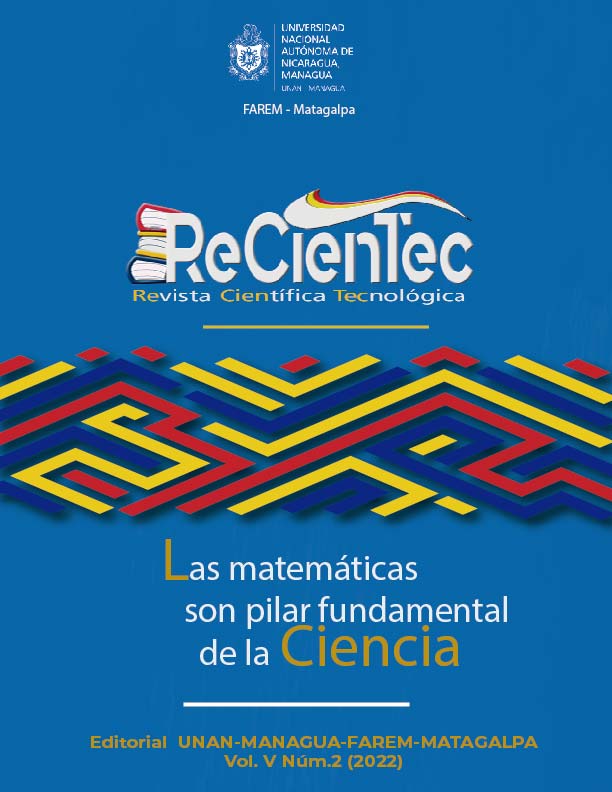Risk factors associated with Mesoamerican nephropathy in patients of the internal medicine service of the Hospital Escuela César Amador Molina in the period from January to June of the year 2022
Keywords:
Mesoamerican Nephropathy, non-traditional, agrochemicals, chronic kidney disease, energizersAbstract
Mesoamerican Nephropathy (MeN) is a tubulointerstitial disease of unknown etiology. Under the title "non-traditional" there have been numerous hypotheses, among which dehydration, exposure to environmental contaminants and bacterial and parasitic infections have stood out, without currently being unanimous in the etiology of the illness. This study aims to identify the main risk factors associated with Mesoamerican Nephropathy found in patients admitted to the National Registry of Kidney Disease of the Department of Matagalpa in the first semester of 2022. It is a cross-sectional descriptive observational study with a population of 102 patients and a sample of 15, with an incidence of 14.7%. The data was obtained through a survey applied to each of the selected patients, where the following results were obtained: the most affected population was the male sex with 66.6%, with the age ranges between 45 and 50 years being the most prevalent. Among the main risk factors, the intake of energy drinks was recorded with a higher percentage with 80% of the population studied and exposure to agrochemicals in 53.33% of the patients. It was concluded that young adult male patients are the main affected, as well as those from rural areas and exposed to pesticides, which is consistent with previous studies in other places of Central America.
Downloads
References
Crowe, J., & Nilsson, M. (2015). Síntomas relacionados con el calor en cosechadoras de caña de azúcar. Wiley Periodicals, Inc, 58-60.
Donnell, J., & Tobey, M. (2011). revalencia y factores de riesgo de enfermedad renal crónica en las zonas rurales de Nicaragua. Nephrology Dialysis Transplantation, 2798–2805.
Fischer , R. (2017). Evidencia clínica de nefropatía mesoamericana aguda. El diaro americano de medicina tropical e higiene, 1247–1256.
Nathan, R., & González, M. (2014). Factores de riesgo para reducir la tasa de filtración glomerular en una comunidad nicaragüense afectada por nefropatía mesoamerican. Revistas Cubanas, 5-8.
Orantes , C., & Herrera , R. (2014). Enfermedad renal crónica y factores de riesgo asociados en la región del Bajo Lempa de El Salvador: estudio nefrolempa, 2009. MEDICC Rev, 34-37.
Peraza, S., & Wesseling, C. (2012). Disminución de la función renal entre los trabajadores agrícolas en El Salvador. National Kidney foundation, 59-65.
Torres C, A. A. (2010). Decrease Kidney Function of uknown cause in Nicaragua: A community-base survey, . Kidney Dis , 3(55), 485-96.
Trabanino, R., Agilar, R., & Silva, C. (2002). Enfermedad renal terminal entre pacientes del Hospital Nacional Rosales del Salvador. Revista Panamericana de salud publica, 35-38.
Wesseling, C., & Aragón, A. (2013). Estrés por calor, hidratación y ácido úrico: un estudio transversal en trabajadores de tres ocupaciones en un hotspot de nefropatía mesoamericana en Nicaragua . BJM, 55-60.
Downloads
Published
How to Cite
Issue
Section
License

This work is licensed under a Creative Commons Attribution-NonCommercial-ShareAlike 4.0 International License.




